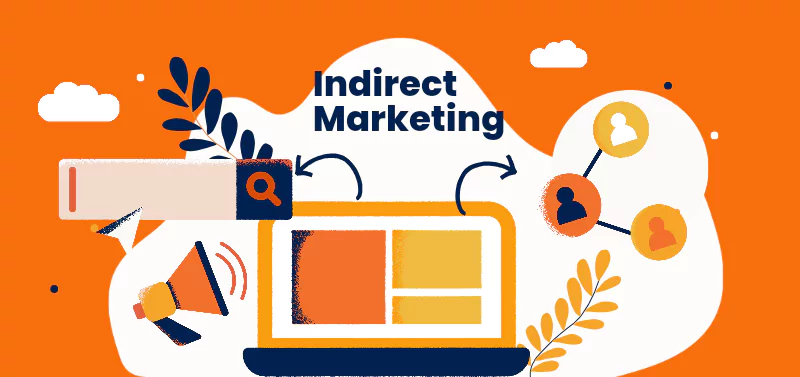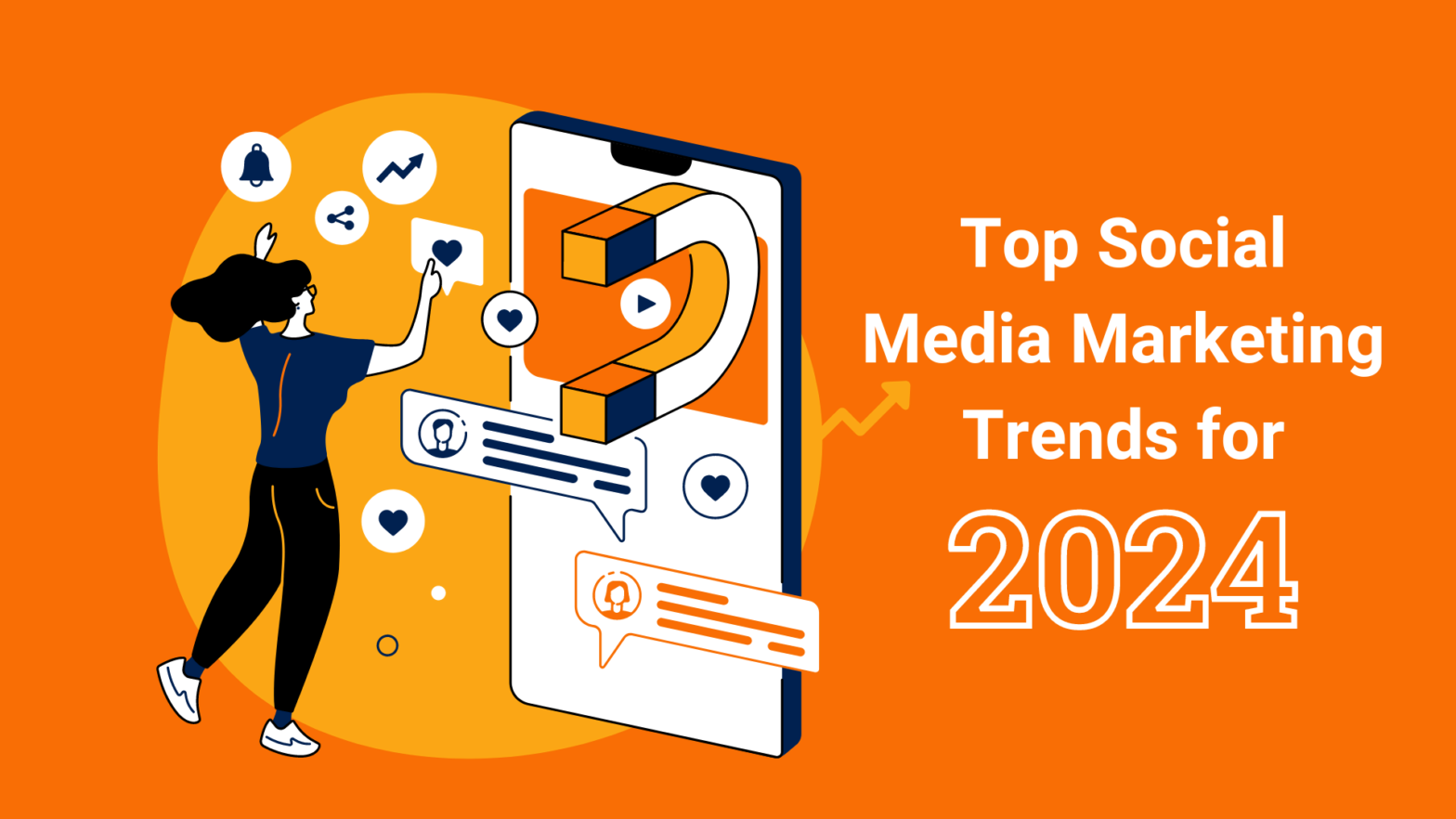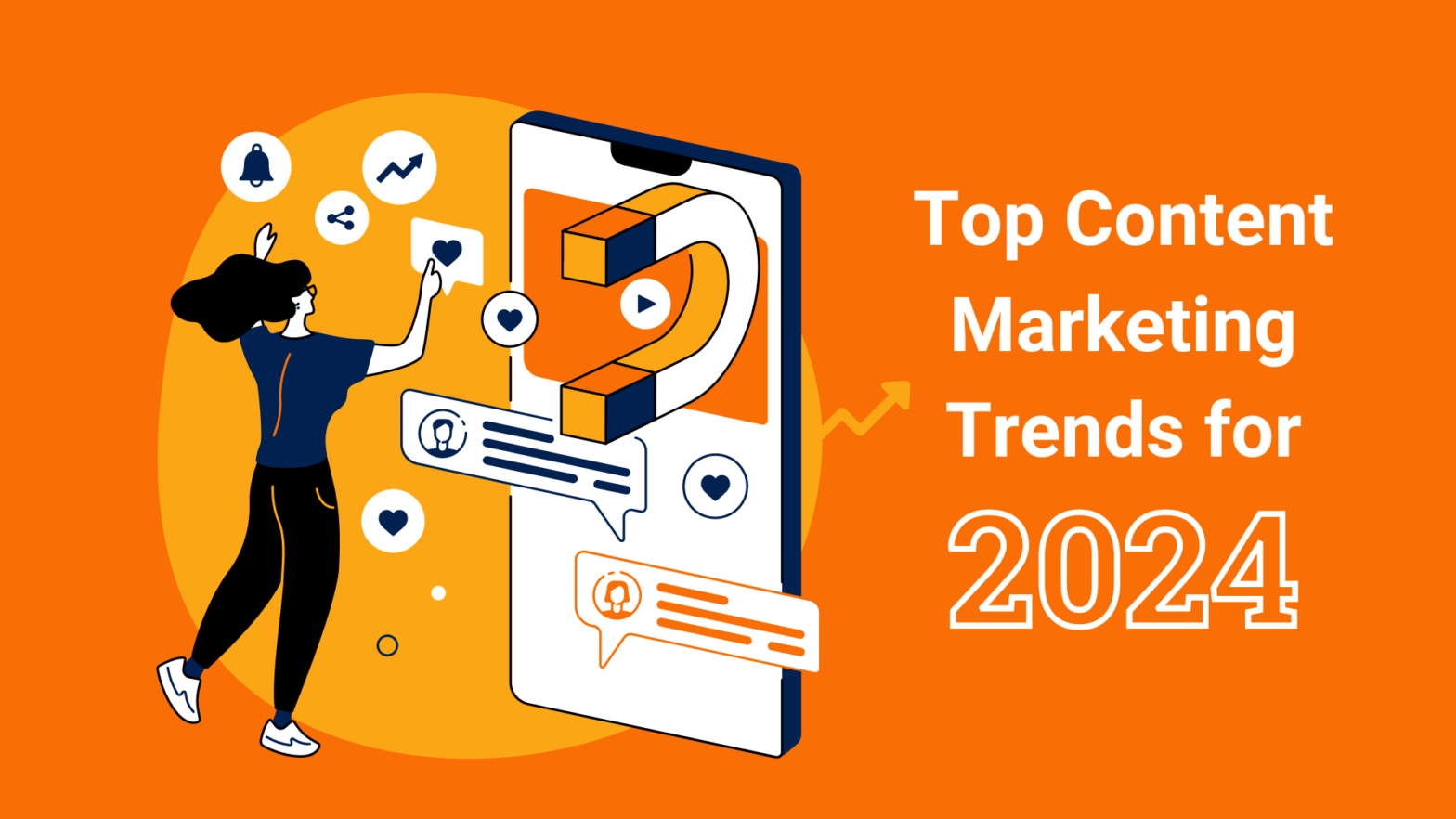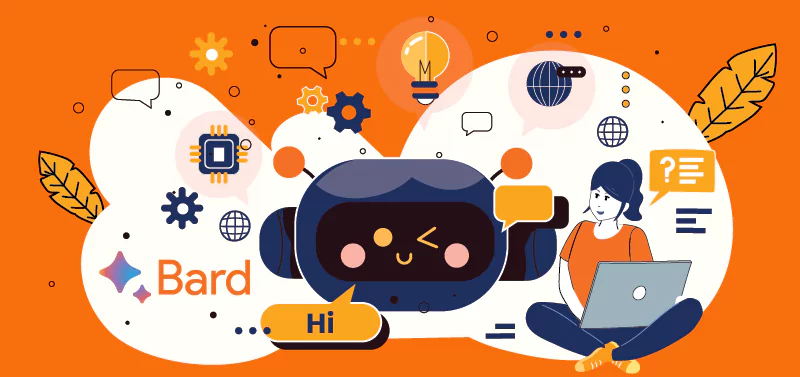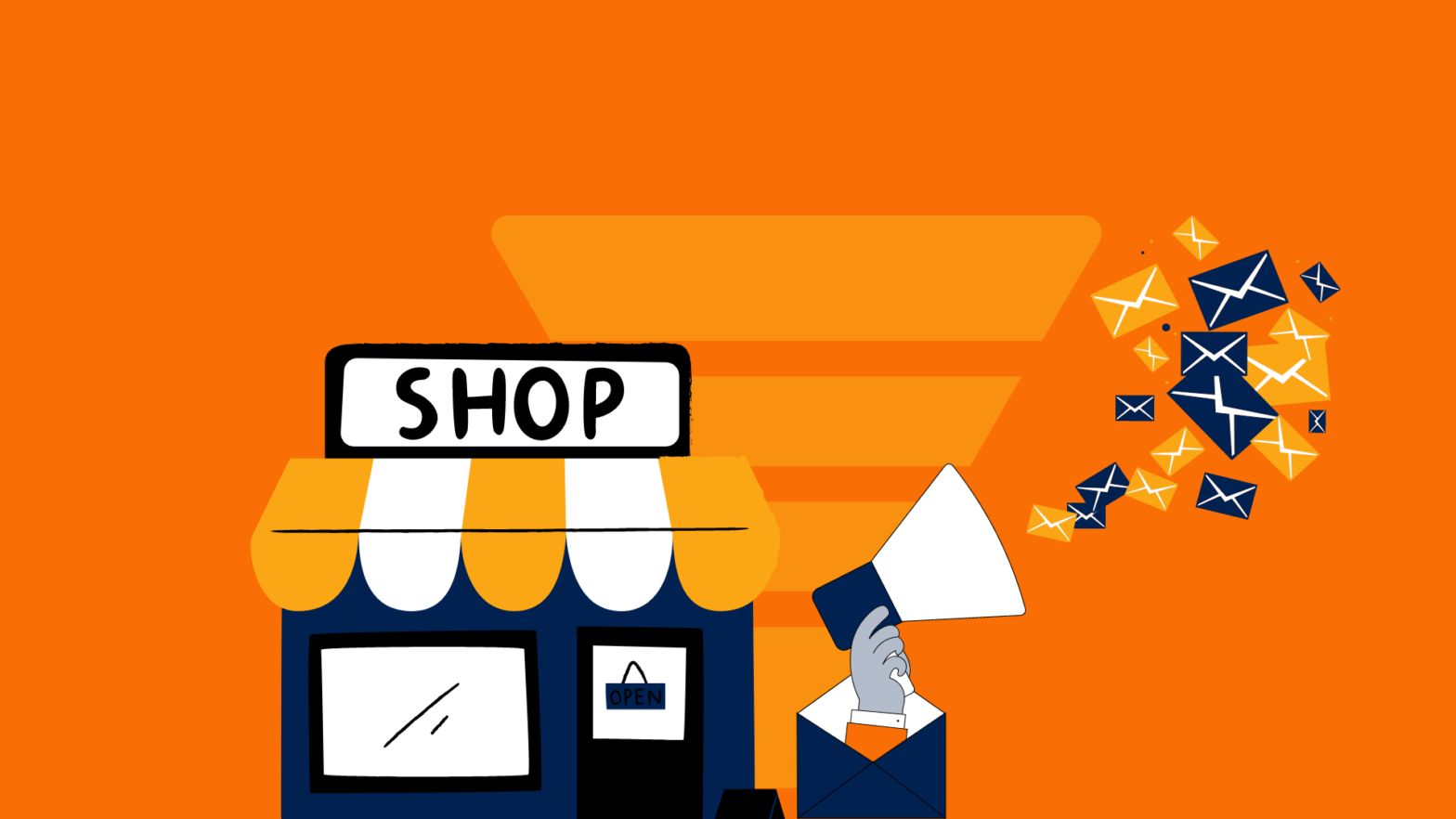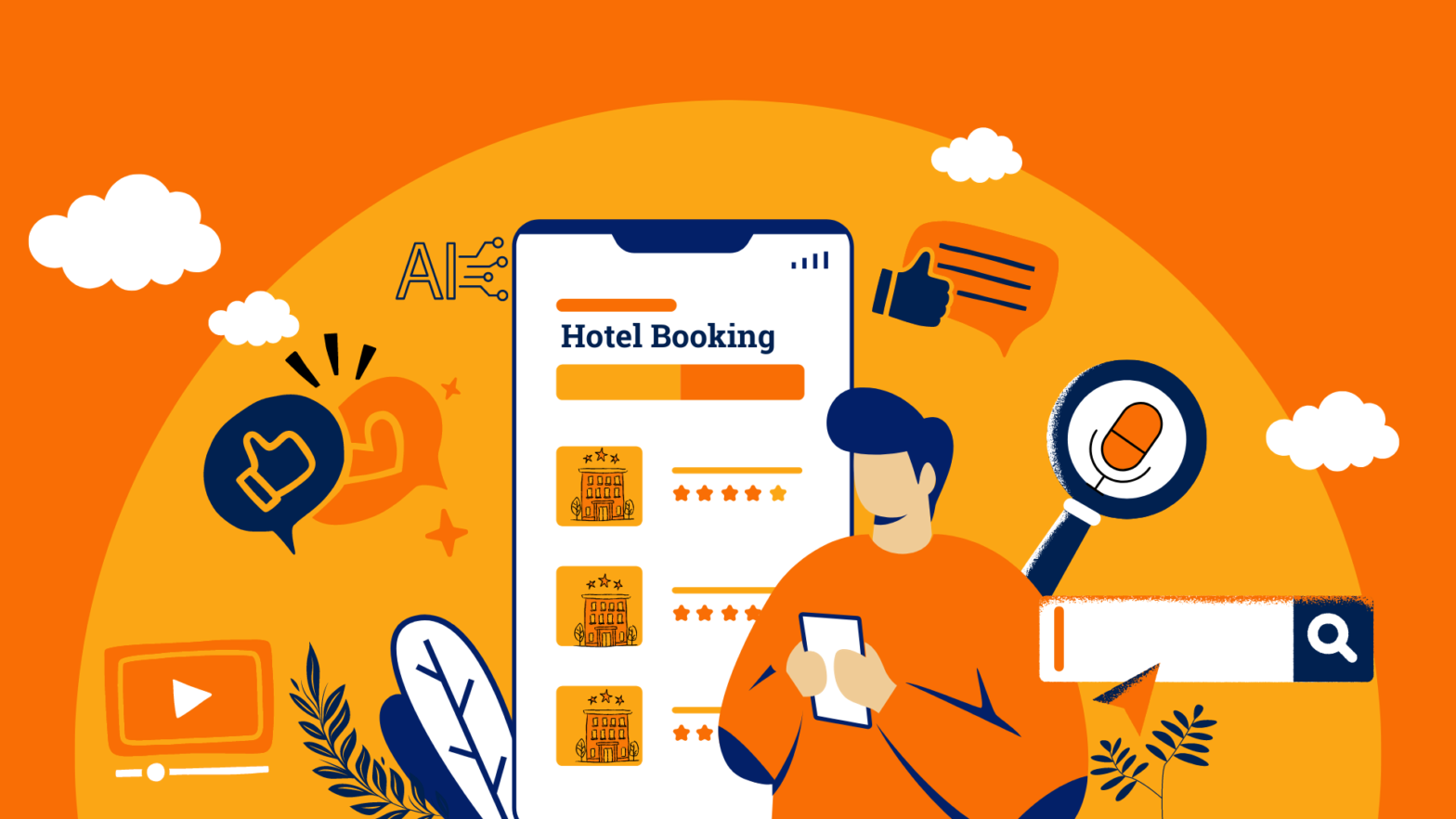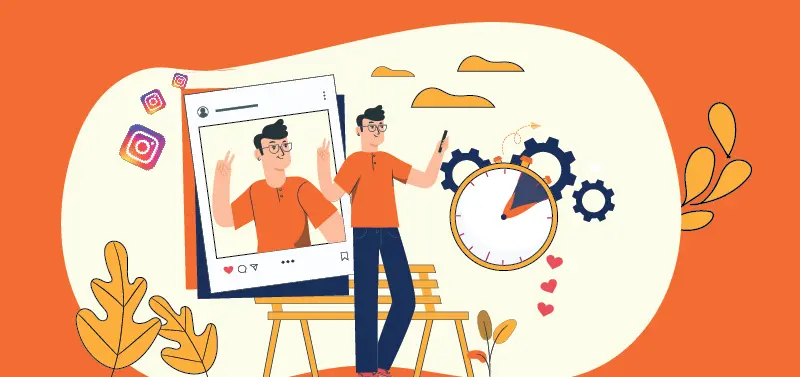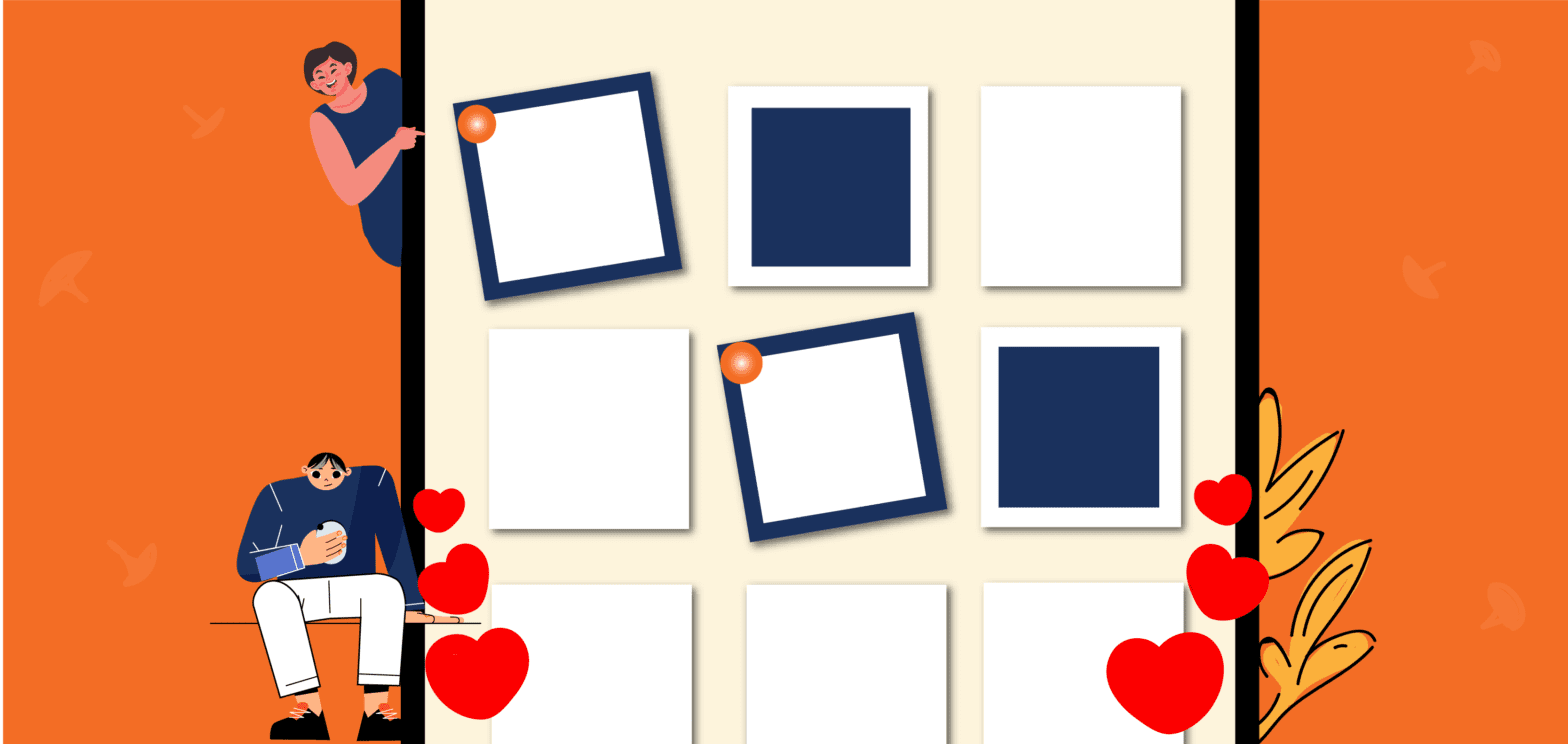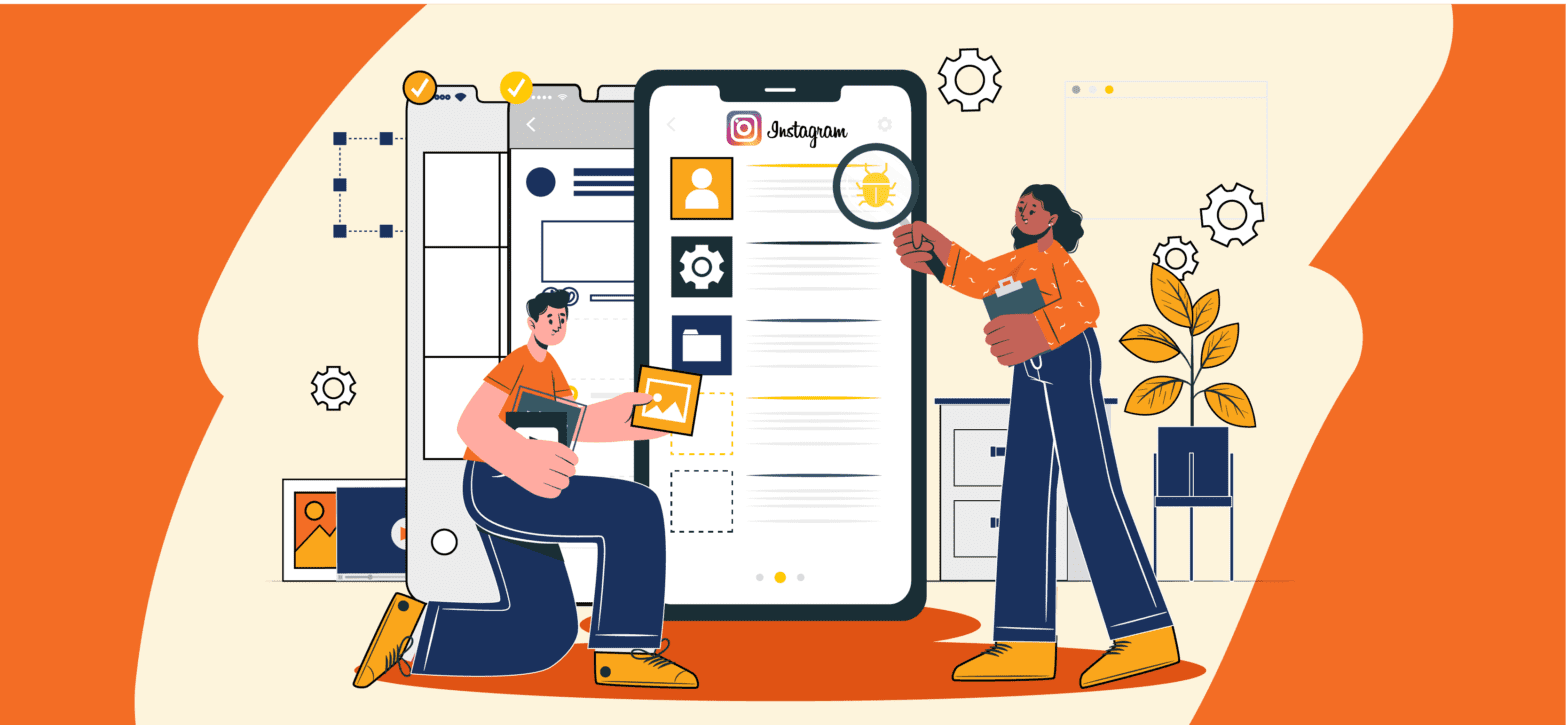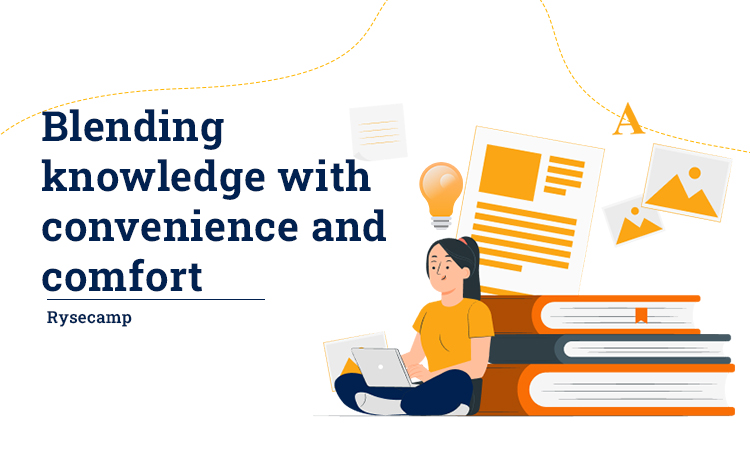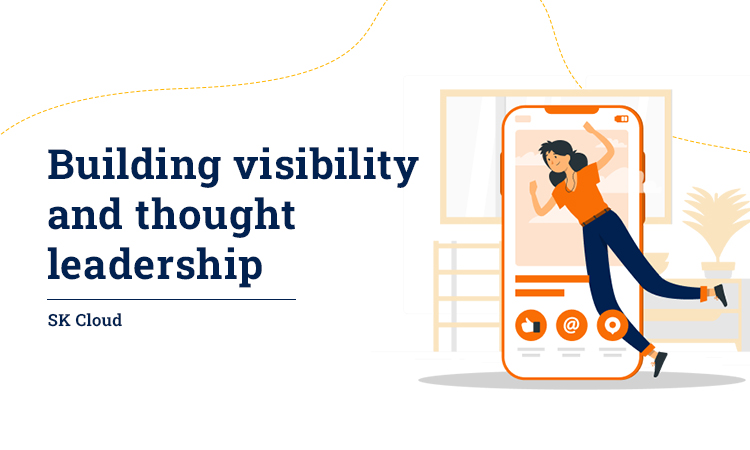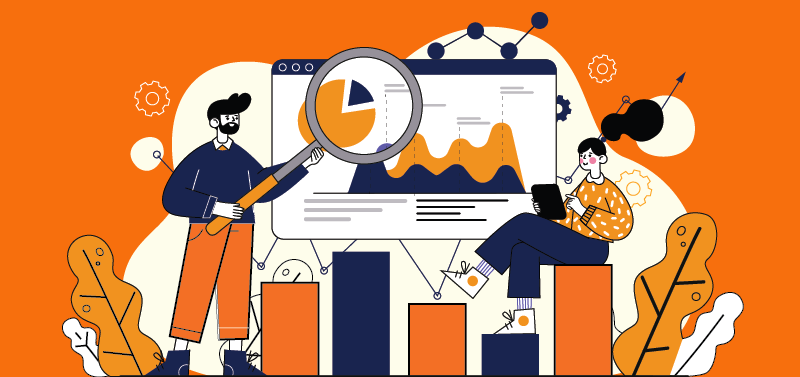Indirect Marketing 101: Shifting from Selling to Creating Impact
Author: Team WH
Published On: 22-09-23
Last Updated on: 07-12-23
Estimated reading time: 11 minutes
Do you get bothered by ad commercials in the middle of your favourite TV shows? In today’s fierce business landscape, every brand strives to promote its identity across all channels. However, the target audience often gets annoyed with the relentless promotion and feels overwhelmed by “Spam” advertising.
Does it mean one should stop advertising and expect customers to discover products or websites by accident?
One straightforward and effective solution to this challenge is indirect marketing.
Essentially, companies heavily rely on indirect sales channels to cater to their target audience.
But what is indirect marketing, and why is it popular among businesses?
Let’s explore the indirect marketing meaning in detail and learn about indirect marketing channels and examples to help create a lasting impact.
What is Indirect Marketing?
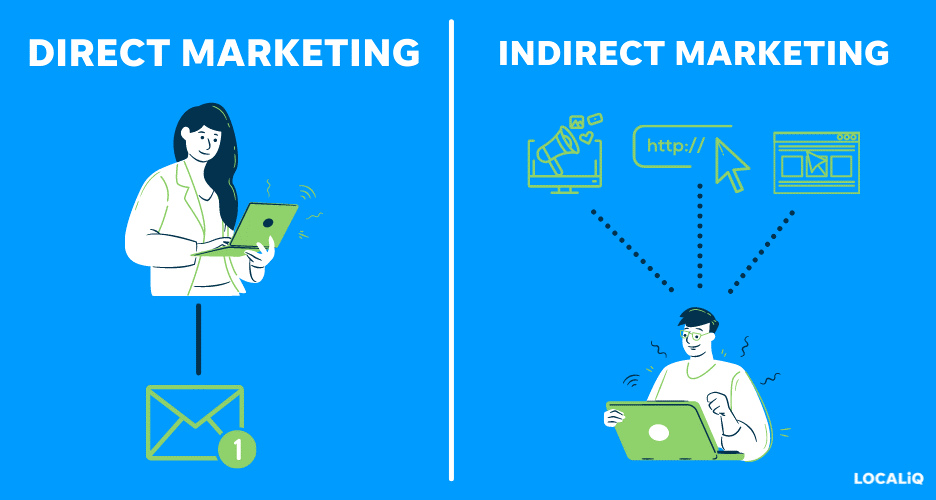
There are two different aspects of marketing – direct marketing and indirect marketing.
While both aspects can generate results when implemented cautiously, promotional efforts do not always require cold calling and constant spamming. There are many subtle and indirect ways to attract the target audience and increase brand visibility.
Indirect marketing allows businesses to showcase their services, products, and brand identity without hard selling or being too upfront. It entails avoiding spamming potential customers with requests to buy products or services.
Instead, marketers can focus on offering valuable information to their target market, expecting them to learn more about their brand. It relies on the assumption that many potential customers may not buy the product or service immediately, but when the genuine need emerges, they will turn to a brand they trust.
Indirect marketing is about building long-term relationships and brand loyalty through storytelling, customer education, and providing value beyond just a sales pitch.
Unlike direct marketing’s straightforward approach, indirect marketing weaves brand awareness into various activities such as content marketing, social media engagement, and public relations. It’s a strategic, less intrusive way to connect with customers, aiming to create a positive brand association and gently guide them towards a future purchase decision.
In short, it is a customer-centric approach that prioritises addressing the target audience’s needs, pain points, and desires.
Now that you know the indirect marketing meaning, it’s time to learn the types of indirect marketing.
What are the Types of Indirect Marketing?
Indirect marketing definition includes multiple strategies and tactics to engage with potential customers without direct promotion. Here are some of the indirect marketing types to create a positive brand impression:
1. Public Relations (PR)
Public Relations, or PR, is about positively influencing a brand’s reputation through various communication channels and managing the spread of information between an organization and the public. This can include press releases, media relations, and crisis management.
Common tactics include securing positive news coverage, responding to media inquiries, building relationships with journalists, and engaging in PR stunts. PR enables businesses to build trust and credibility among their target audience indirectly.
2. Content Marketing
Offering valuable content can help capture the target audience’s attention. Content marketing aims at building awareness and adding value to a prospect’s life. With the help of informative posts, businesses can inform their audience about products and services.
Marketers can create blog posts, videos, and podcasts to bring awareness about their product or service. The focus is on creating valuable content like blogs, videos, and podcasts that inform or entertain, rather than directly sell. It establishes thought leadership and trust.
3. Search Engine Optimization (SEO)
Search engine optimisation (SEO) can help businesses to rank their websites on the top search engine result pages. It involves on-page and off-page activities to make a website rank in the SERPs.
SEO is about optimizing website content to rank higher in search engine results, making it easier for potential customers to find the business organically.
For SEO, businesses can use relevant keywords, provide valuable content, and build authoritative backlinks to make their content more discoverable. It attracts organic traffic and increases their chances of reaching potential customers searching for information actively.
4. Social Media Marketing
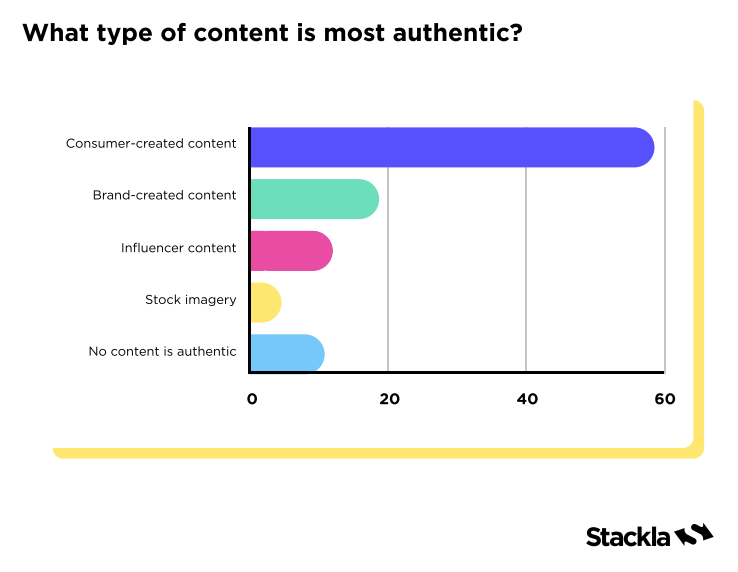
Social media marketing is undoubtedly another effective indirect marketing technique. It allows brands to market to a broader audience using platforms like Facebook, Instagram, Twitter, LinkedIn, and YouTube. It’s about building a community around your brand and providing valuable content rather than overt advertising.
However, for social media marketing, it’s crucial to share value-added content regularly. Marketers can use influencer marketing and User Generated Content (UGC) strategy to influence their audience. Many businesses post their customers’ experiences on social media platforms to gain traction.
5. Referral Marketing
Referral or word-of-mouth marketing is more authoritative and fruitful than most marketing tools. However, businesses should aim to exceed their client’s expectations to earn a referral. Marketers can launch referral programs to attract new customers or ask existing customers to write reviews.
6. Influencer Partnerships
Influencer partnerships go beyond mere product promotion. They allow brands to tap into the influencer’s credibility and audience rapport. The key is choosing influencers whose values align with the brand, ensuring authenticity. This alignment not only boosts brand visibility but also fosters trust among potential customers who value the influencer’s opinions.
Furthermore, influencers can provide creative, fresh perspectives on the brand’s offerings, often leading to more engaging and relatable content that resonates with a broader audience.
7. Email Newsletters
Beyond the usual updates and insights, email newsletters can be leveraged to personalize the user experience. The audiences can be segmented based on interests or behaviors, providing tailored content that resonates more deeply. This personal touch transforms a simple update into a meaningful conversation, deepening customer engagement.
Additionally, newsletters are a platform for sharing success stories, customer testimonials, and behind-the-scenes content, which adds a human element to the brand and strengthens customer connections.
Direct vs Indirect Marketing: What’s the Difference?
Understanding the difference between direct and indirect marketing is crucial for businesses crafting their marketing strategies.
Direct Marketing is straightforward and aims for immediate action. It includes tactics like direct mail, telemarketing, and online ads with clear calls-to-action (CTAs). It’s measurable, results-oriented, and targets specific customer segments. Direct marketing is sales-driven, focusing on short-term results and direct responses from customers.
Indirect Marketing, on the other hand, is subtle. It’s about building brand awareness and nurturing relationships over time. As discussed above, this approach includes content marketing, SEO, and social media marketing. Indirect marketing doesn’t typically have a clear CTA and isn’t focused on immediate sales. Instead, it aims to engage the audience by providing value, establishing trust, and enhancing brand loyalty.
Direct Marketing vs Indirect Marketing
Objective
Direct marketing seeks immediate response – a purchase, sign-up, or inquiry. Indirect advertising aims to educate, entertain, or inform, thereby building a long-term brand relationship.
Measurement
Direct marketing’s success is easily measurable through metrics like conversion rates and ROI. Indirect marketing’s impact is more subtle and long-term, making it harder to quantify quickly.
Approach
Direct marketing is often perceived as intrusive, as it directly asks for the sale. Indirect marketing is more about storytelling and creating an emotional connection with the audience.
Targeting
Direct marketing is highly targeted, focusing on specific customer segments. Indirect marketing casts a wider net, aiming to reach a broader audience.
Businesses often use a mix of both strategies. While direct marketing can drive quick sales, indirect marketing is essential for long-term brand building and customer loyalty.
Advantages/Disadvantages of Indirect Marketing
Advantages
Builds Stronger Customer Relationships: By focusing on providing value, indirect marketing fosters trust and loyalty, leading to a stronger customer-brand connection.
Enhances Brand Reputation: Quality content and engagement strategies improve brand perception and establish the business as a thought leader in its industry.
Long-Term Success: While slower at generating sales, indirect marketing ensures sustained growth and customer retention in the long run.
Cost-Effective: Many indirect marketing strategies, like content creation and social media engagement, require less investment compared to direct advertising costs.
Less Intrusive: Customers often prefer this approach as it doesn’t pressure them into making immediate purchases.
Wider Audience Reach: Techniques like SEO and social media can reach a vast audience, including those who aren’t actively looking for your product but may become interested over time.
Disadvantages
Slower Results: Building brand awareness and customer relationships takes time, making it unsuitable for quick sales targets.
Difficult to Measure: The impact of indirect marketing can be challenging to quantify, especially in the short term. This lack of immediate, tangible results can be problematic for businesses needing to assess marketing ROI accurately.
High Competition: With the rise of content marketing and social media, the digital landscape is saturated, making it challenging to stand out and capture the audience’s attention.
Limited Control Over Audience Engagement: Unlike direct marketing where audience targeting can be very specific, indirect marketing often reaches a broader, less targeted audience. This can lead to less predictable customer engagement and conversion rates.
Over-Reliance on Trends: Relying heavily on trends, especially in social media and influencer marketing, can sometimes lead to short-lived success or misalignment with long-term brand strategy.
Why to Use Indirect Marketing?
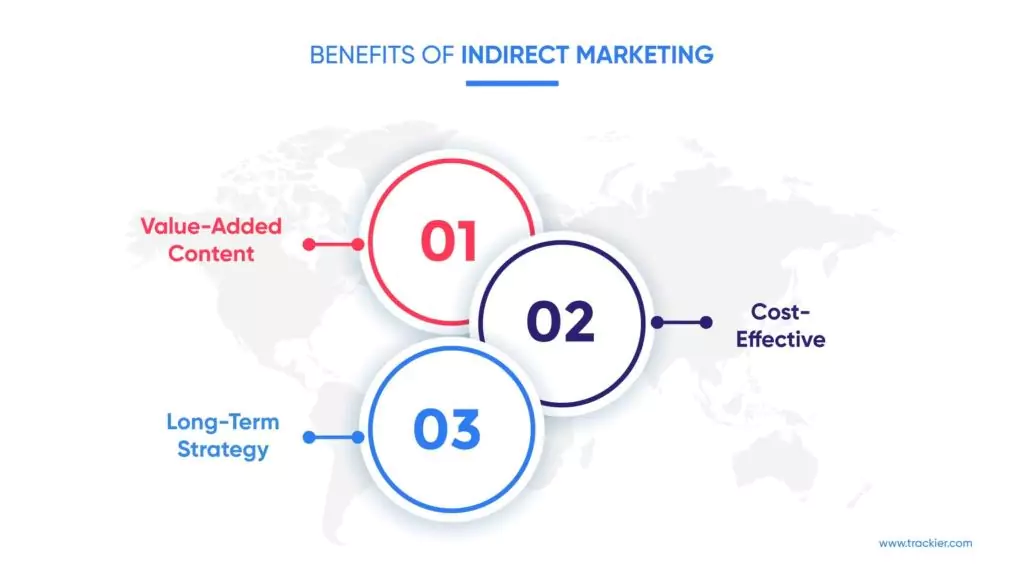
As indirect marketing addresses a large audience that does not directly promote a business, it caters to a broader audience and has many benefits. Let’s look at the top benefits of indirect marketing to propel business growth.
1. Builds Demand and Awareness
Indirect marketing strategies like content marketing and social media engagement help increase brand visibility and recognition among the target audience without aggressive promotion, leading to higher brand recall.
Additionally, only a few people actively search and are ready to purchase offerings. Most potential customers are yet unaware they have a problem or solution. Indirect marketing generates demand and opens up a pool of potential customers.
2. Establishes Trust and Credibility
When brands offer valuable content and engage with customers, they build trust and establish their business as an authority in the industry. It allows marketers to show their expertise and knowledge about their niche and present them as thought leaders.
3. Cost-Effective
Indirect marketing is more cost effective than traditional marketing, especially for small businesses or startups with limited budgets. They are a lot less expensive than investing in teams to cold-call customers or Google ads.
Additionally, indirect marketing efforts continue to generate a compounding effect over time. Every blog or video a brand publishes on different platforms contributes to its reputation.
4. Longer-Lasting Impact
Indirect marketing focuses on building relationships rather than immediate sales. It helps create a lasting impact on customers’ minds.
Though it is the equivalent of taking a long route, businesses will establish their credibility during that time and emerge as reliable brands. It is often challenging to achieve through direct marketing alone.
5. Less Intrusive or Disruptive
Indirect marketing allows marketers to be discrete and less intrusive to their target audience until they pay attention willingly. Rather than pushing the content in front of them, marketers convince them to engage and learn more about the offerings. It helps build relationships with the customers and can gain loyalty.
What are the Examples of Indirect Marketing?
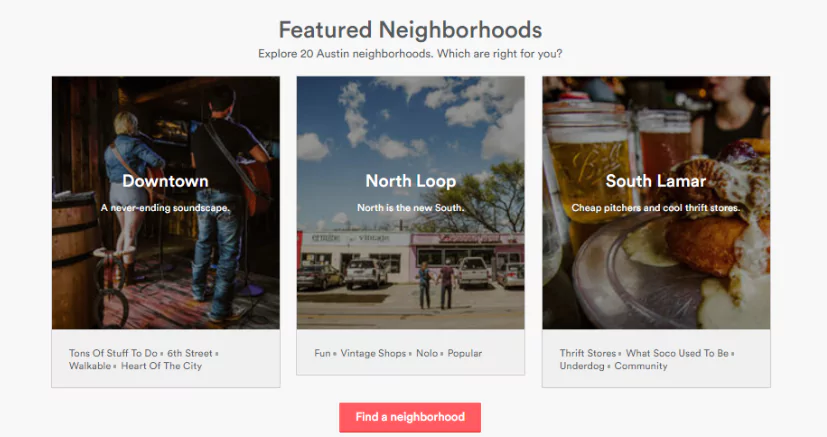
Here are two successful indirect marketing examples highlighting why most brands now prefelr having brand awareness through indirect channels.
1. Airbnb’s Neighborhood Guides
An excellent indirect marketing example is Airbnb’s neighbourhood guides. Airbnb is a popular online marketplace for lodging and travel experiences. Its neighbourhood guides offer valuable information about nearby places of travel destinations, providing insights into local culture, attractions, dining options, and activities.
Neighbourhood guides enabled Airbnb to build trust and drive engagement. Consequently, by positioning Airbnb as a helpful travel resource, more users explore the platform and ultimately book accommodations.
2. Dove’s Real Beauty Campaign
Dove’s “Real Beauty” campaign showcased a more diverse perspective towards beauty in their advertisements.
Instead of emphasising traditional beauty standards and focusing on idealised models, Dove celebrates the beauty of real women across all ages and ethnicities. It featured women’s natural beauty, encouraging viewers to embrace their unique appearance and feel more confident in their skin.
The campaign helped build an emotional connection with the brand and promoted its positive brand perception.
Conclusion
In a world where consumers can easily get overwhelmed by a plethora of advertisements, indirect marketing offers a refreshing and effective approach to building meaningful connections with the audience.
By shifting their approach from selling to helping, businesses can create lasting impacts and nurture customer loyalty and advocacy. Further, the principles of indirect marketing fit well with today’s connected and conscious audience.
Most successful brands use a mix of both aspects – direct marketing and indirect marketing. Businesses must carefully weigh both approaches to find a balance most suitable for their objectives and target audience.
Frequently Asked Questions
1. Why is customer engagement crucial in indirect marketing?
Customer engagement is crucial for brands because it facilitates meaningful connections between customers and brands.
Using different types of indirect marketing, brands motivate customers for interactions and feedback, building loyalty and creating positive brand perception. As a result, the potential audience transforms into the brand’s advocates and shares relevant personal experiences, aiding in its organic growth.
2. Are there any challenges associated with indirect marketing?
While indirect marketing does not pose any major challenges, it may take longer to yield tangible results than direct marketing.
As indirect marketing does not bring immediate results, it requires consistency, patience, and a deeper understanding of the target audience.
3. Why is indirect marketing important?
Indirect marketing is essential because it helps businesses reach a wider audience through trusted intermediaries like influencers, affiliates, and partners. It builds credibility and can be more cost-effective than direct approaches, making it a valuable strategy for brand growth.
4. What is an indirect marketing channel?
Indirect marketing channels include social media, content marketing, influencer partnerships, affiliate marketing, public relations, and referral programs. These channels leverage third-party platforms or individuals to promote products or services, expanding reach and credibility.
5. Why is indirect marketing better than direct?
Indirect marketing often outperforms direct methods because it relies on trusted intermediaries, making it more persuasive to consumers. It can also be less intrusive and better suited for building long-term relationships, enhancing brand perception, and reaching diverse audiences.


